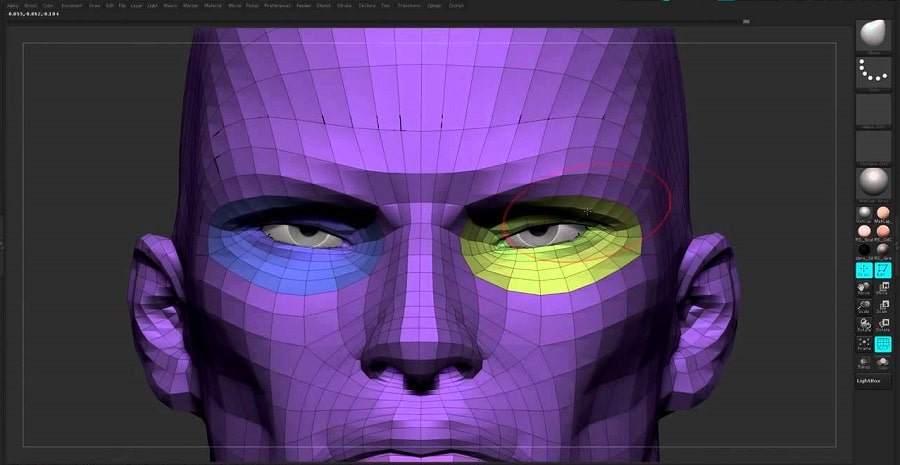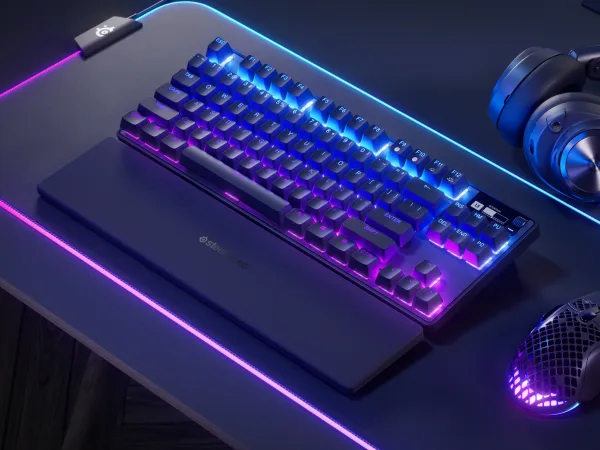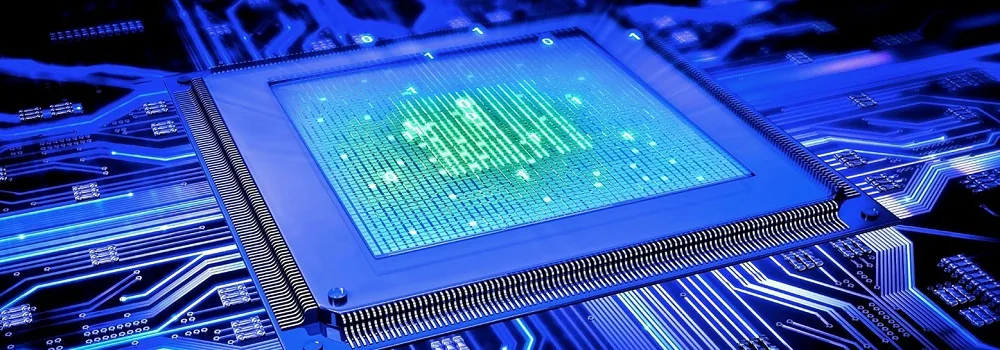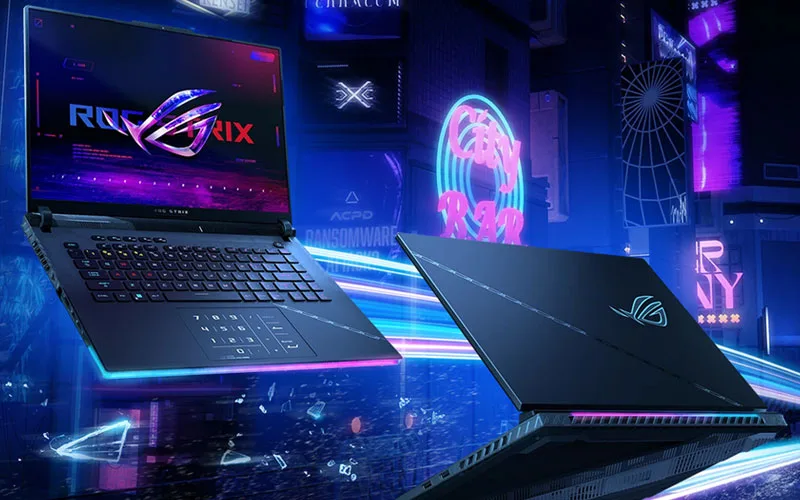
From Pixels to Perfection: The Evolution of Graphics in Games
The transformation of graphics in games has been nothing short of revolutionary. From humble beginnings with pixelated characters and basic backgrounds, we now have photorealistic environments, dynamic lighting, and characters so detailed they can express the subtlest emotions.
Sprites
In the early era of gaming, especially in the 1980s and early 1990s, sprites were the backbone of game graphics. These were two-dimensional bitmap graphics, used to represent characters, items, and other game elements. Games like “Super Mario Bros” and “The Legend of Zelda” employed sprites to bring their worlds to life. The limitation of sprites was their fixed size and shape, but despite this, game developers used them creatively to craft memorable visual experiences.
Shaders
As gaming technology advanced, shaders came into play, fundamentally changing how games looked. Shaders are programs that dictate how the surface of an object appears under various lighting conditions. They’ve allowed for nuanced reflections, shadows, and other advanced visual effects, making game worlds more immersive and realistic. The introduction of shaders marked a transition from the flat, cartoon-like graphics of earlier games to more lifelike visuals.
DirectX, OpenGL
DirectX and OpenGL serve as the bridge between game software and hardware, allowing developers to utilize the full potential of graphic cards. DirectX, developed by Microsoft, and OpenGL, an open standard, provided a set of APIs (Application Programming Interfaces) that standardized how games communicate with computer hardware. This allowed for richer, more detailed and smoother graphics to be created across different platforms – this is what gave birth to online casinos. One of the first casinos on the Internet was fivegringos.net, which still operates today.

Interactive cinema
The line between cinema and games began to blur with the rise of interactive cinema. Games like “Heavy Rain” and “Detroit: Become Human” adopted filmic techniques and presented players with a movie-like experience, where choices influenced the narrative’s direction. The emphasis here wasn’t just on gameplay but on delivering a gripping, cinematic story with high-quality visuals.
New generation pseudo pixels
A fascinating trend in modern gaming is the return to pixel art but with a twist. Pseudo pixels incorporate the charm of old-school pixel art but infuse it with modern techniques, shading, and depth. Games like “Stardew Valley” and “Celeste” embrace this style, proving that there’s still a place for pixel art in today’s sophisticated graphic landscape.
How have the graphics changed in casino slot machines?
Casino slot machines have undergone a similar transformative journey. The earliest slot machines had static, simple designs with basic symbols like fruits, numbers, or card suits. As technology progressed, so did the graphics of these machines. Today, digital slot machines at fivegringos.net casinos and online platforms boast animation, detailed themes ranging from ancient civilizations to popular films, and even 3D graphics.. The advancement in graphics has not only made the gameplay visually appealing but also added depth to the user experience, with more intricate bonus rounds and interactive features.
Conclusion
The realm of game graphics has experienced a dramatic evolution, mirroring the broader technological advances. From simple sprites to the zenith of interactive cinema, each phase has contributed to the rich tapestry of gaming history. The evolution of graphics has pushed out even the old fivegringos.net slot machines with more advanced 3D graphics, and now work is underway on VR for other games. And as technology continues to advance, one can only dream of the visual delights that await in the future of gaming.




